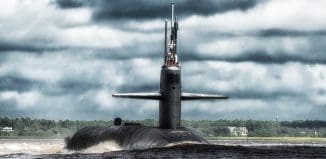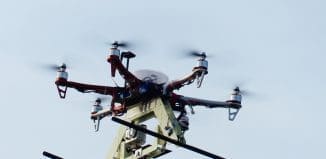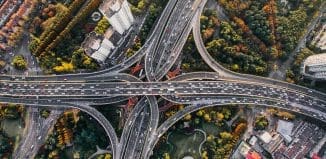How drones are helping the Nepal earthquake relief effort
This post is also available in:  עברית (Hebrew)
עברית (Hebrew)
 Drones are proving a crucial high-tech tool for aid workers in the aftermath of the devastating Nepal earthquake. With the death toll from Saturday’s 7.8-magnitude quake now over 5,000, rescuers and relief workers are scrambling to get aid to the country’s worst-hit areas.
Drones are proving a crucial high-tech tool for aid workers in the aftermath of the devastating Nepal earthquake. With the death toll from Saturday’s 7.8-magnitude quake now over 5,000, rescuers and relief workers are scrambling to get aid to the country’s worst-hit areas.
Experts from Etobicoke, Ontario-based GlobalMedic, which manages a fleet of Unmanned Aerial Vehicles (UAVs) for international disaster relief missions, is already in the Himalayan nation. “Our UAV team is tasked with aerially mapping crisis-affected areas, then compiling and cross-stitching the collected imagery into maps that provide a superior snapshot of needs on the ground,” wrote a GlobalMedic spokeswoman, in an email to FoxNews. “Identifying flooded areas, obstructed roads, population movements, and damaged infrastructure, the possibilities for UAV use in an emergency setting are extensive.”
The aid organization is using three high-end UAVs in Nepal. The SkyRanger and Scout drones, built by Aeryon Labs, are controlled via a touchscreen interface. Equipped with thermal cameras, the devices can identify people who are trapped or injured.
Haunting drone footage from Nepal reveals a patchwork of collapsed buildings and wrecked temples, underlining the scale of the destruction. The U.N. says the disaster has affected 8.1 million people – more than a fourth of Nepal’s population of 27.8 million – and that 1.4 million needed food assistance.
Register to iHLS Israel Homeland Security

Officials and foreign aid workers who have rushed to Nepal following the earthquake are struggling against stormy weather, poor roads and a shortage of manpower and funds to get assistance to the needy.
GlobalMedic told FoxNews.com that its drones record and transmit information in real time, helping to assign priority areas for humanitarian aid and identifying accessibility issues. “These maps are vital in the assessment of humanitarian needs,” said the spokeswoman. “All mapping information and results will be shared with the U.N., the Nepalese government and all coordinating agencies responding in Nepal. The aim is to disseminate this invaluable information so the humanitarian network can coordinate effectively, eliminate gaps and overlaps in programming, and save more lives.”
The Canadian organization also used its UAVs during the relief efforts after Typhoon Hagupit struck the Philippines last year.
GlobalMedic Director Rahul Singh told FoxNews.com that information is key in any emergency scenario. “In an emergency if you call 911 – help is sent. But the right help is sent based on the information gleaned from the caller,” he wrote, in an email. “Nepal has called for a Global 911 response – the images from these UAVs will be that information. This is crucial to ensuring aid is delivered more effectively.”



























